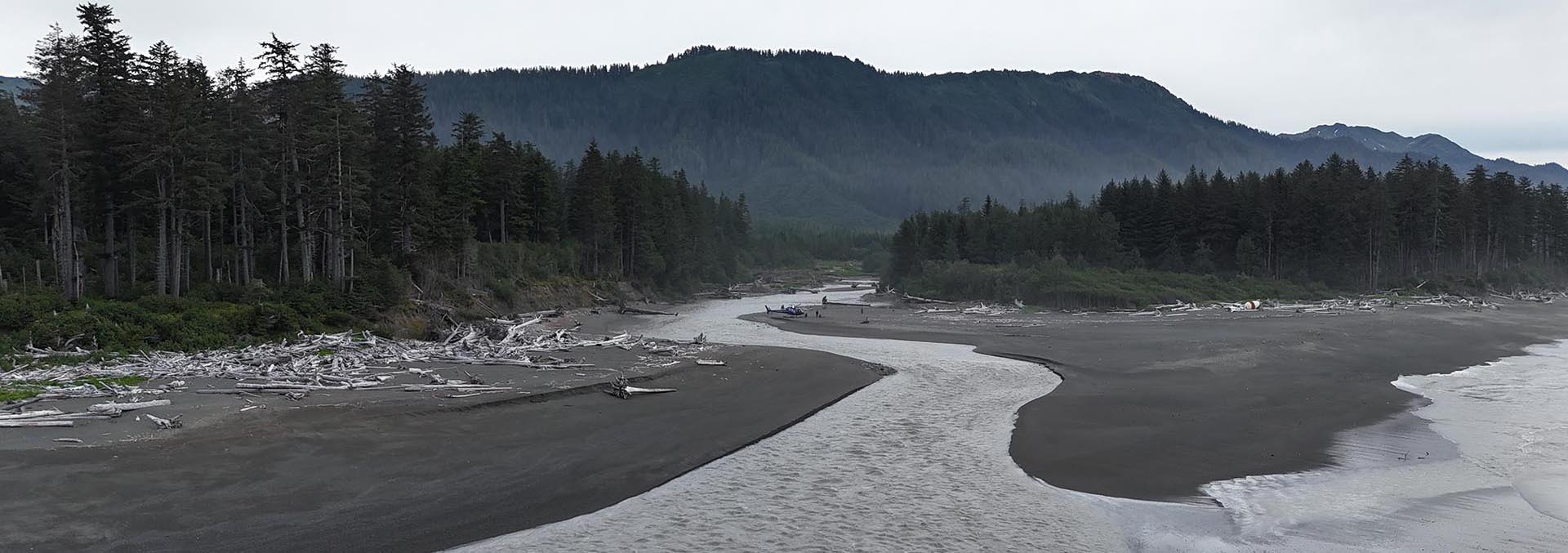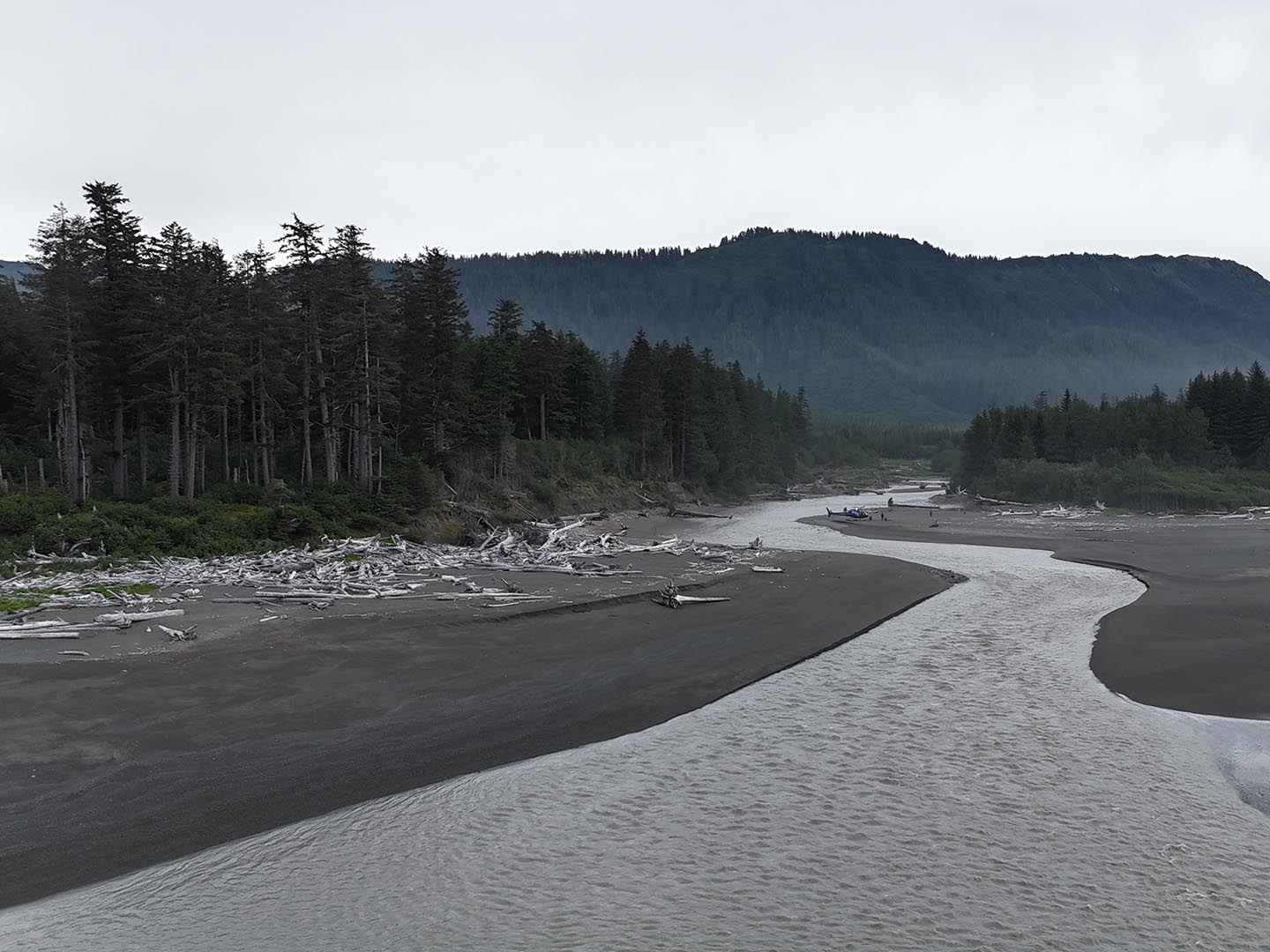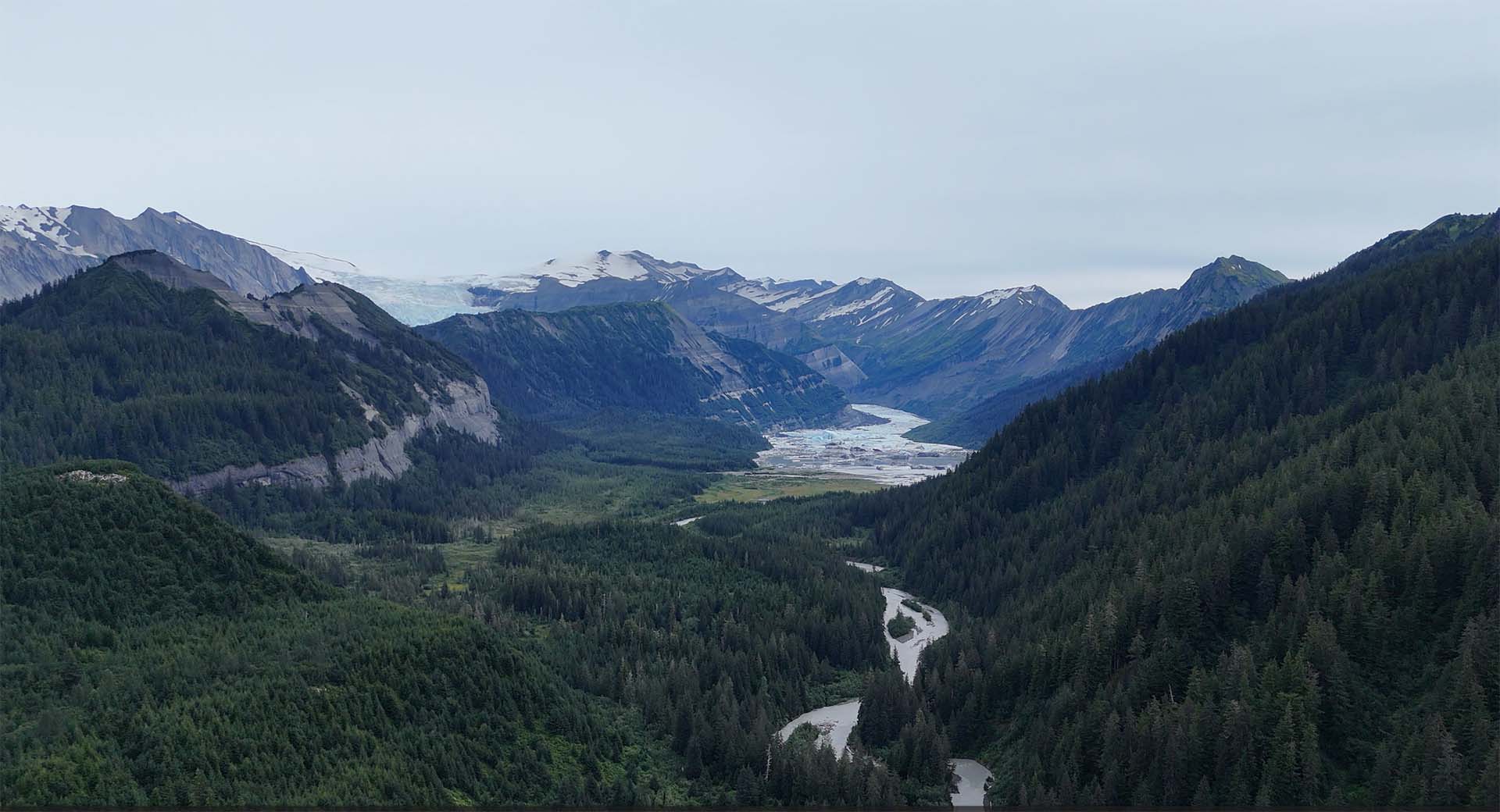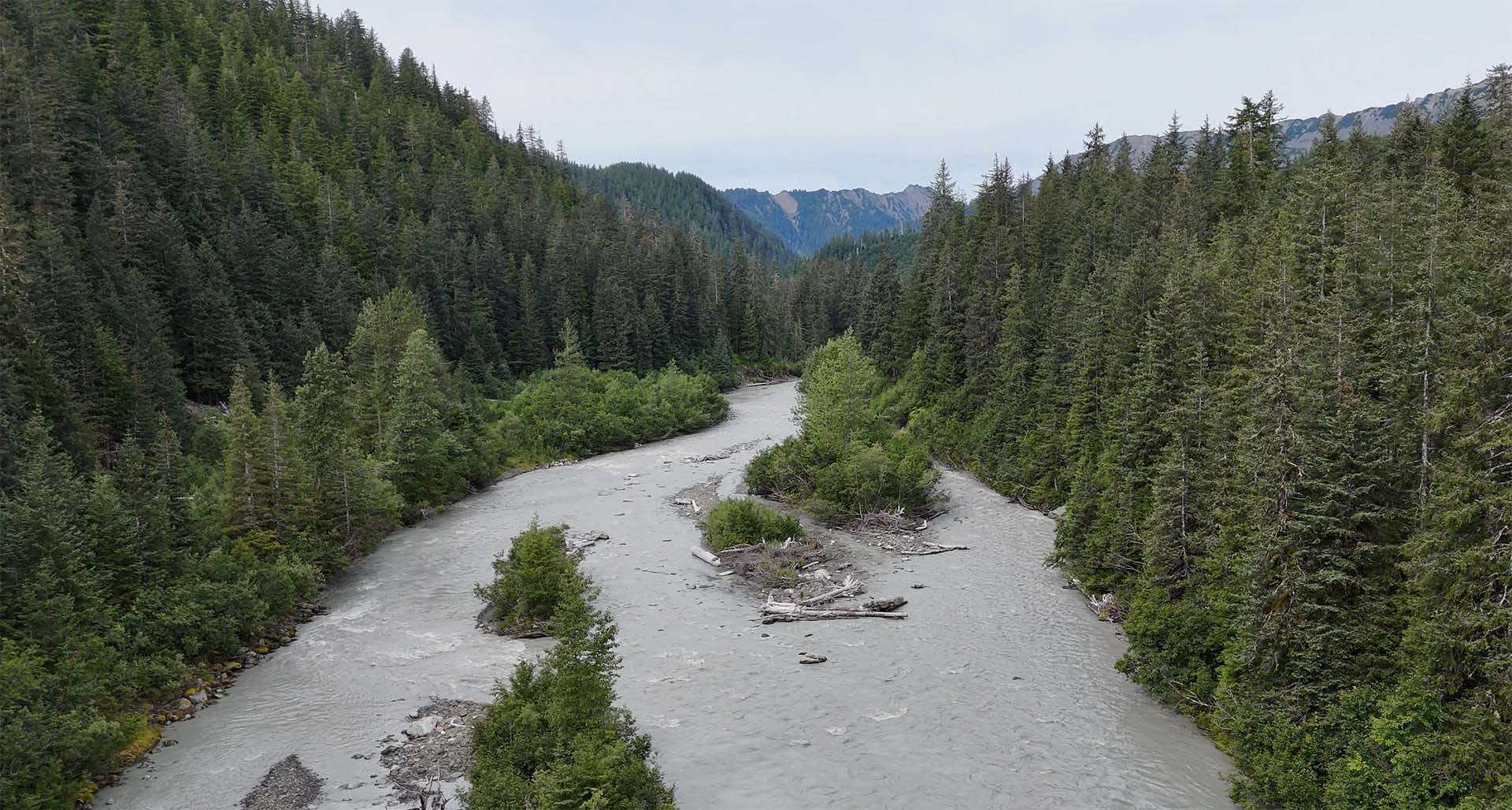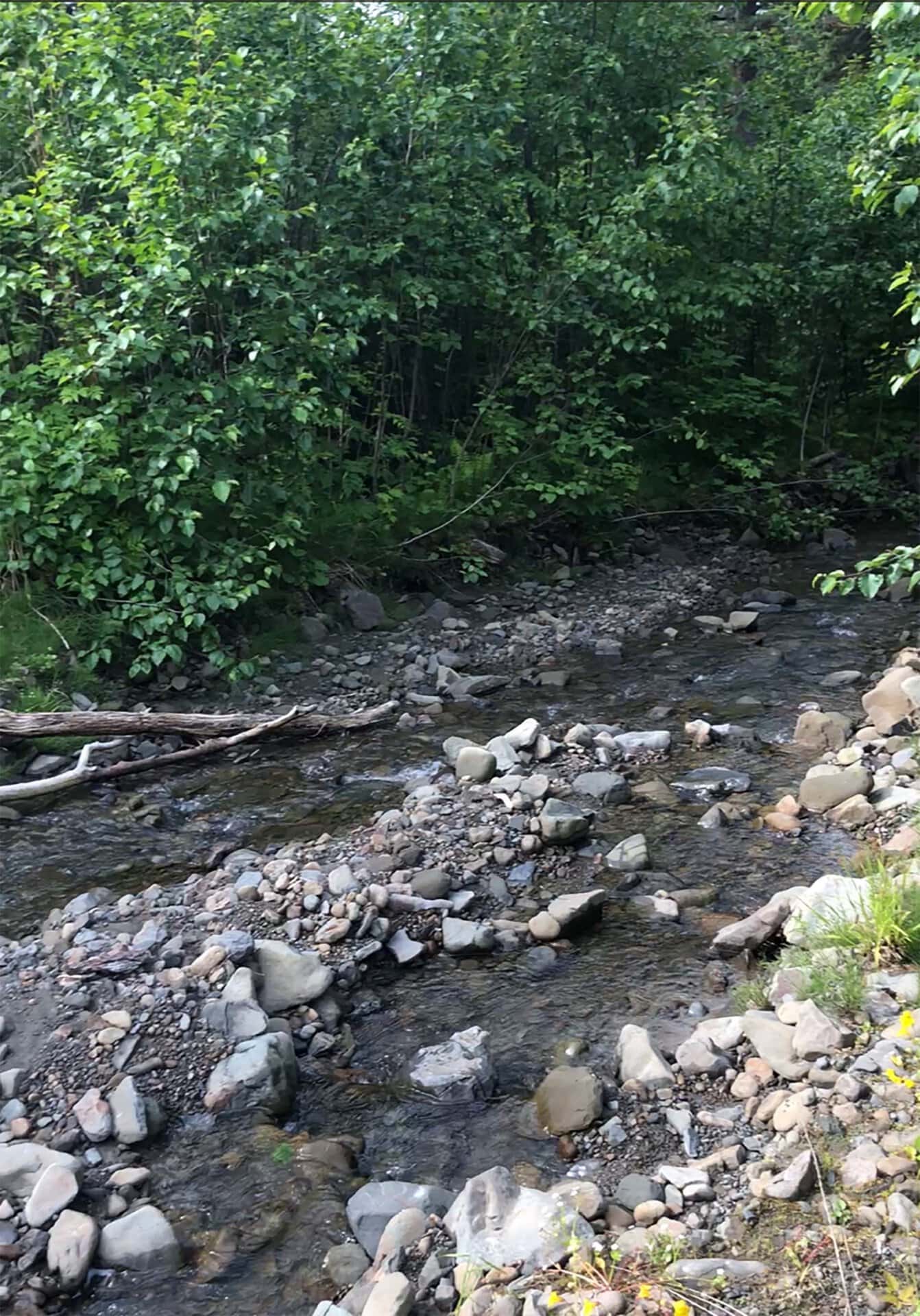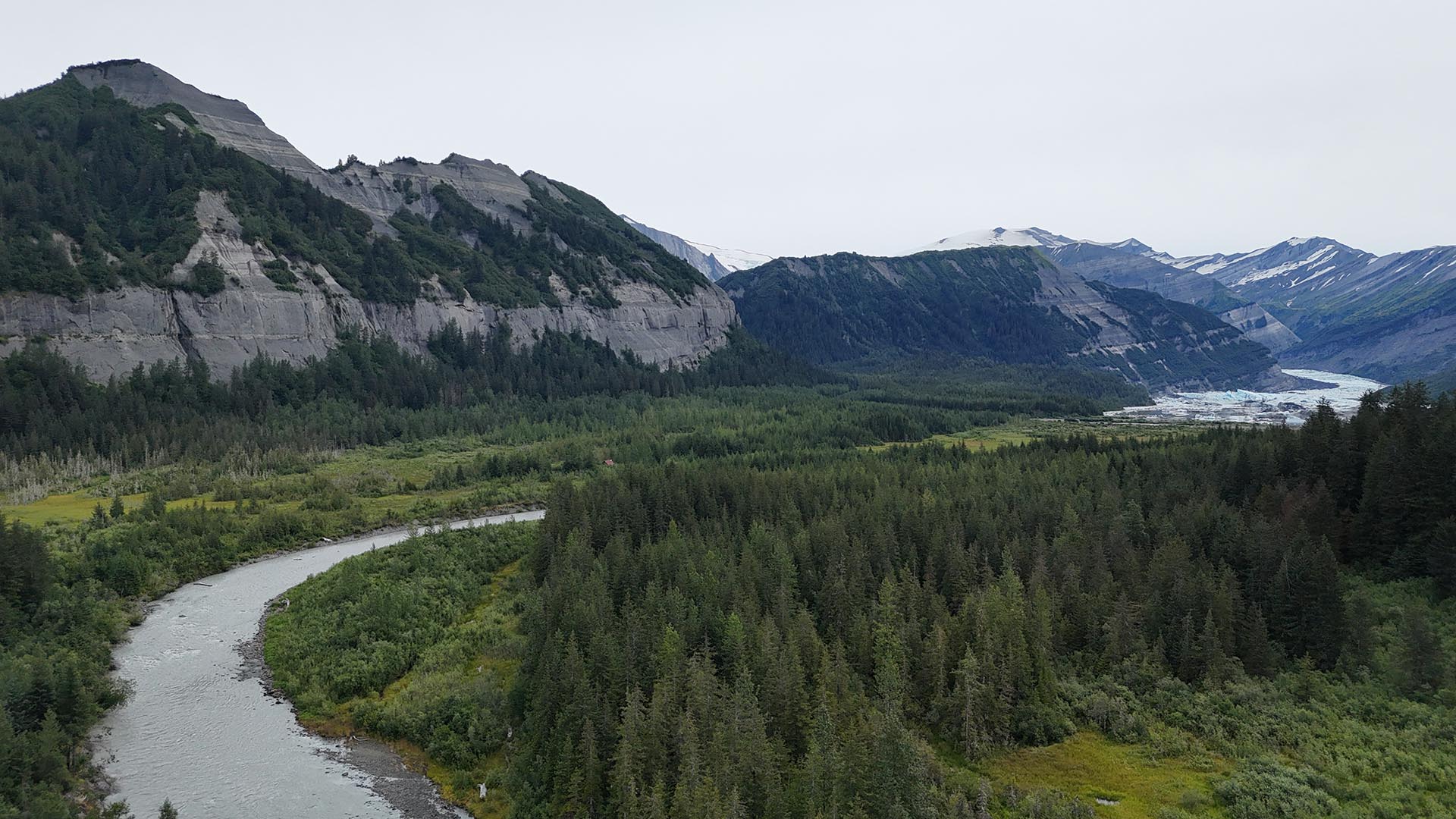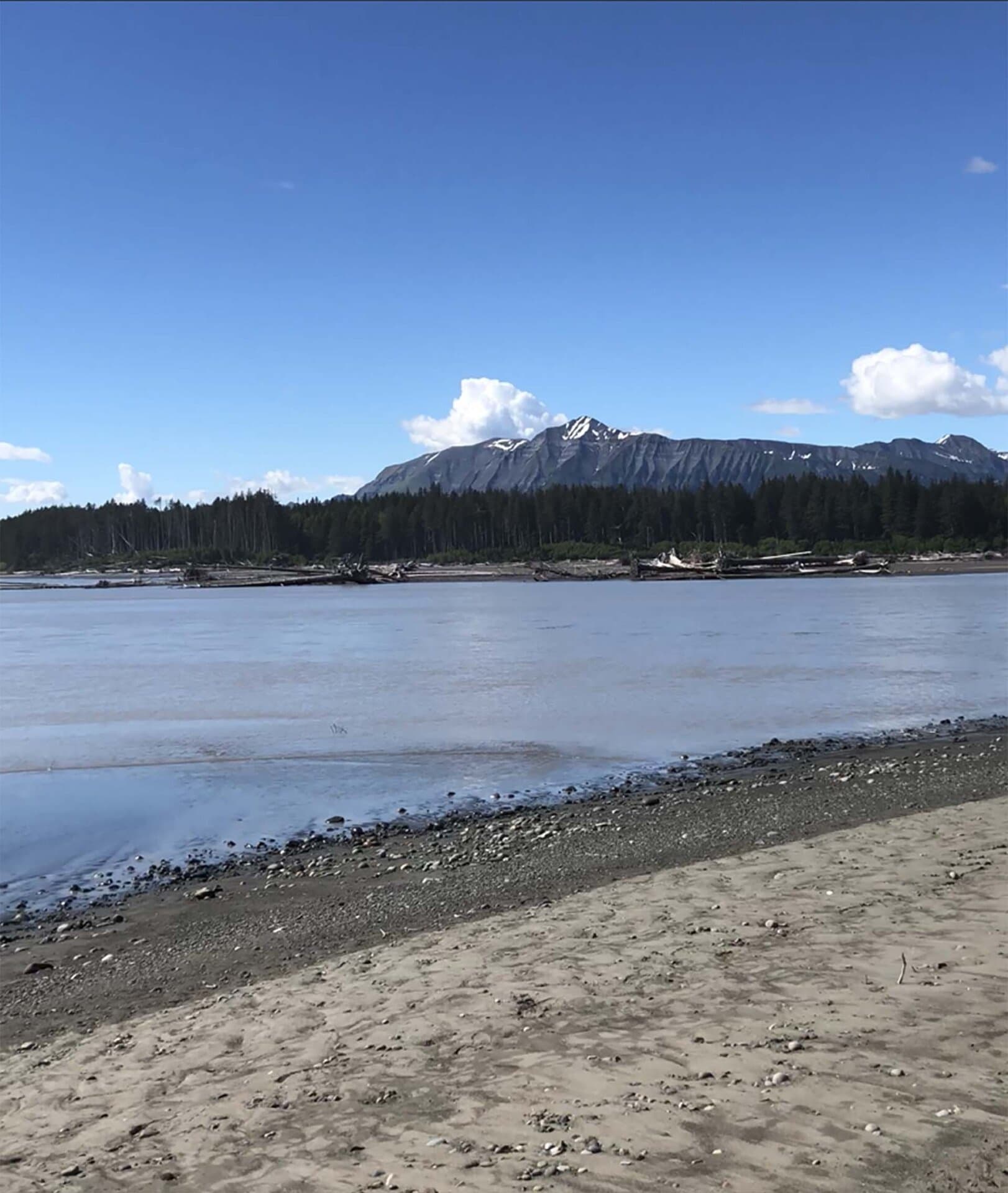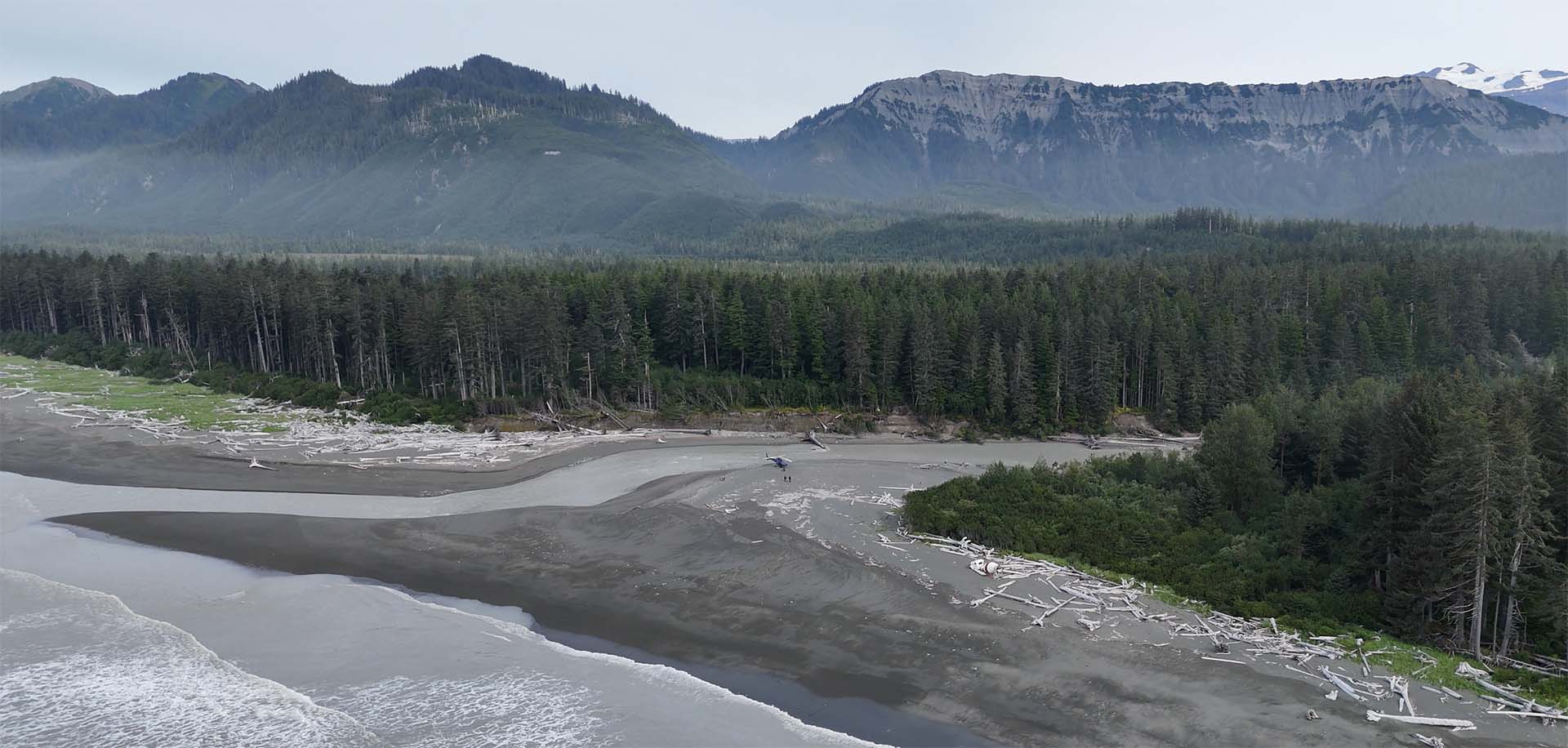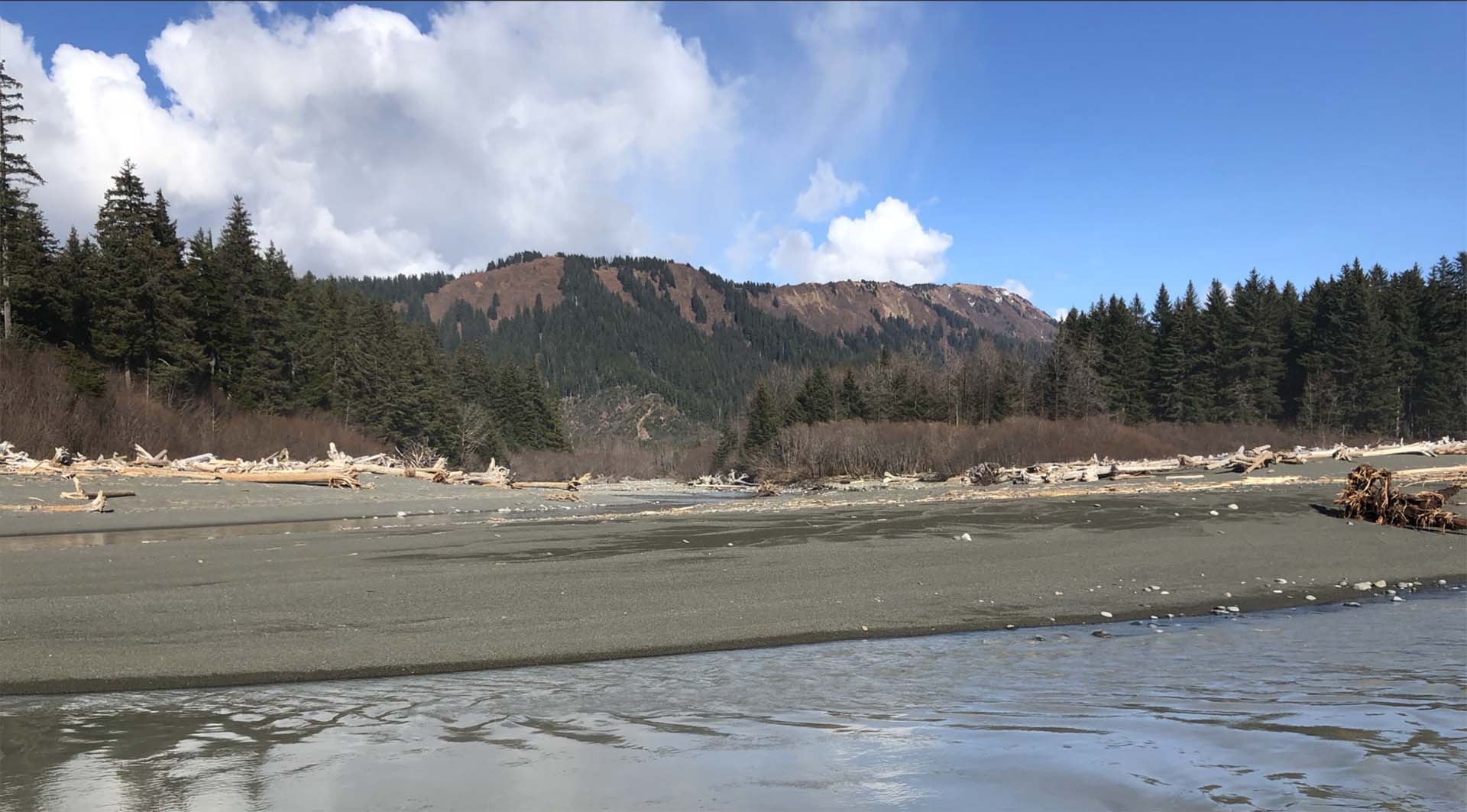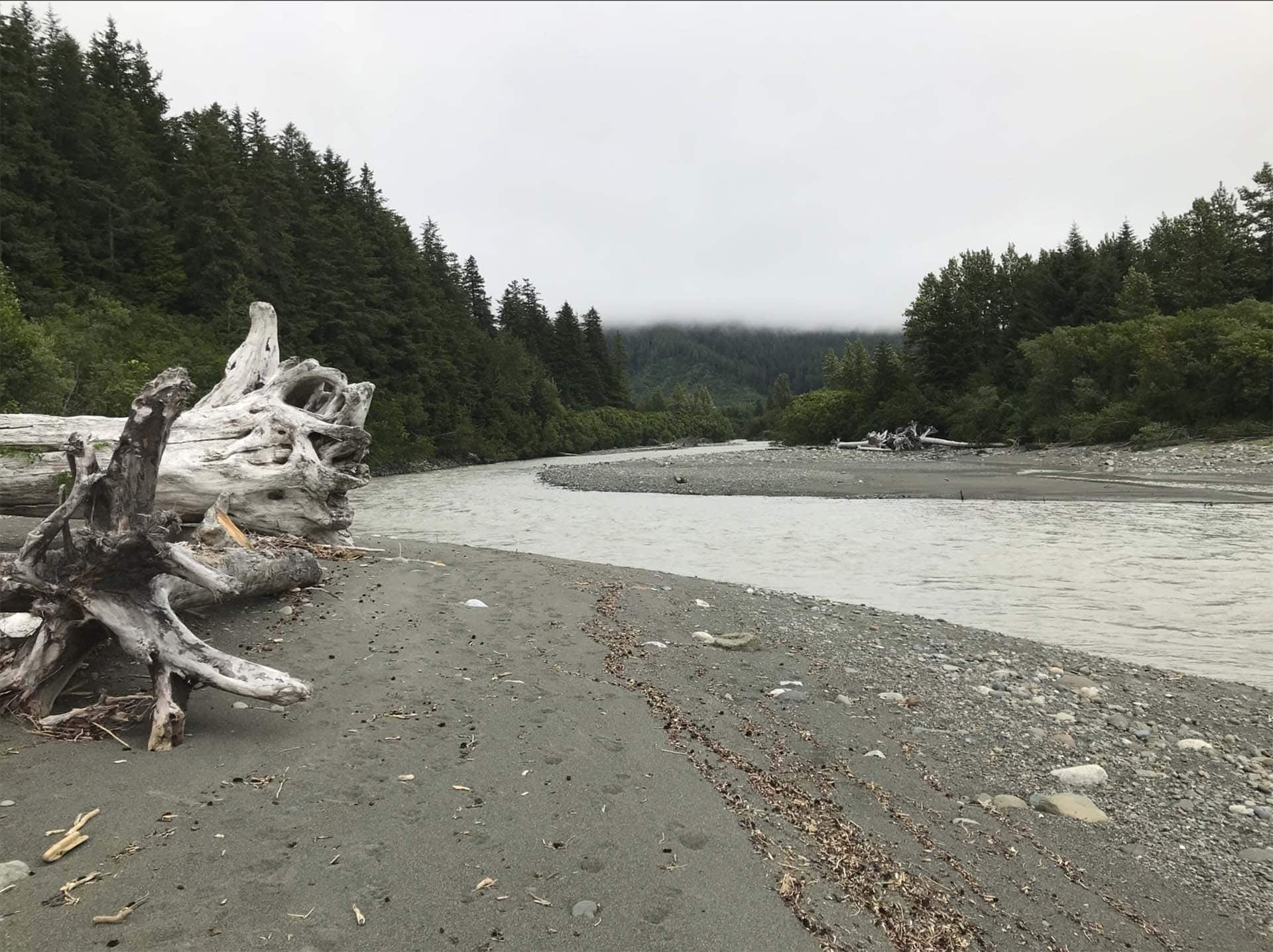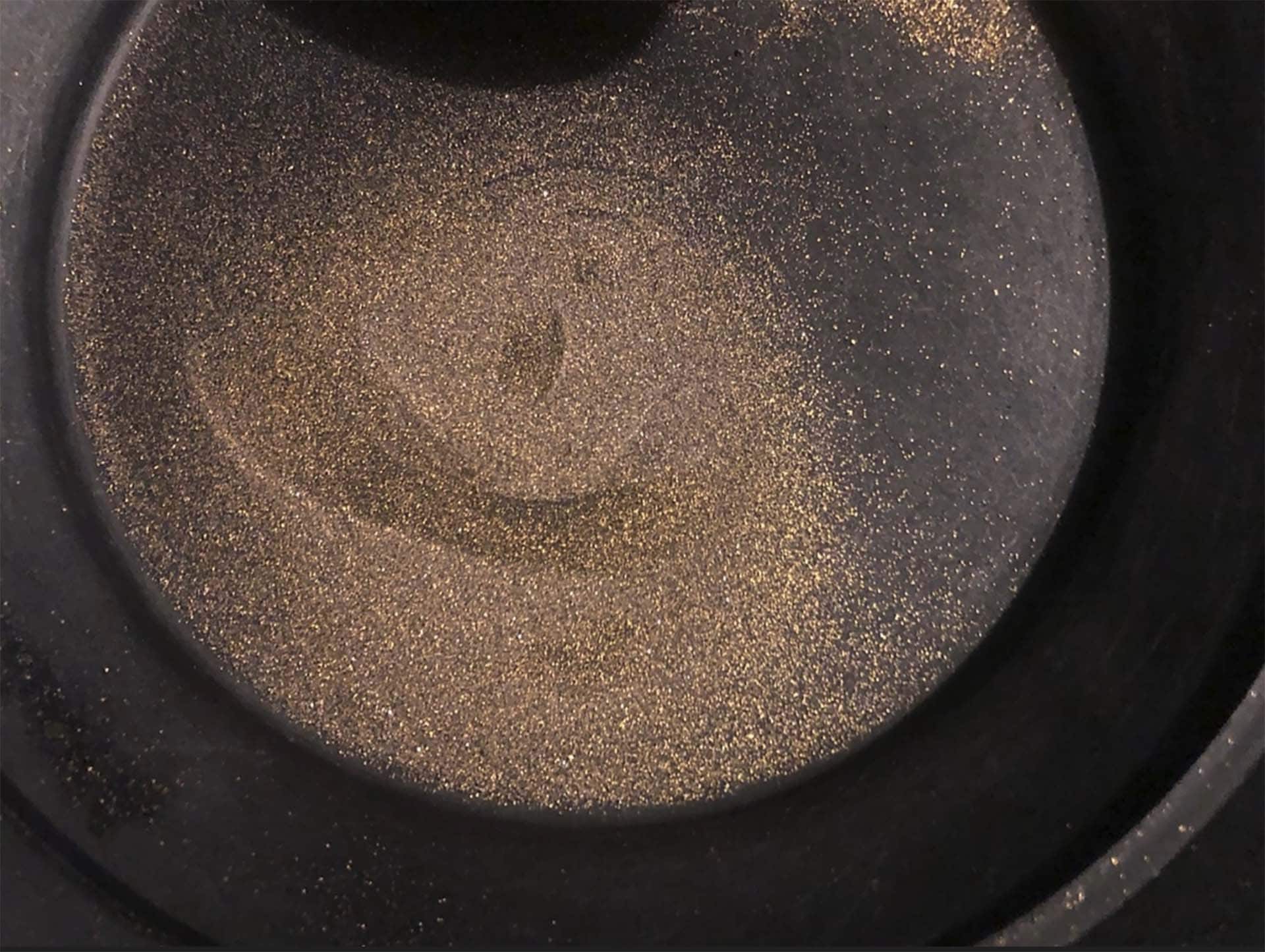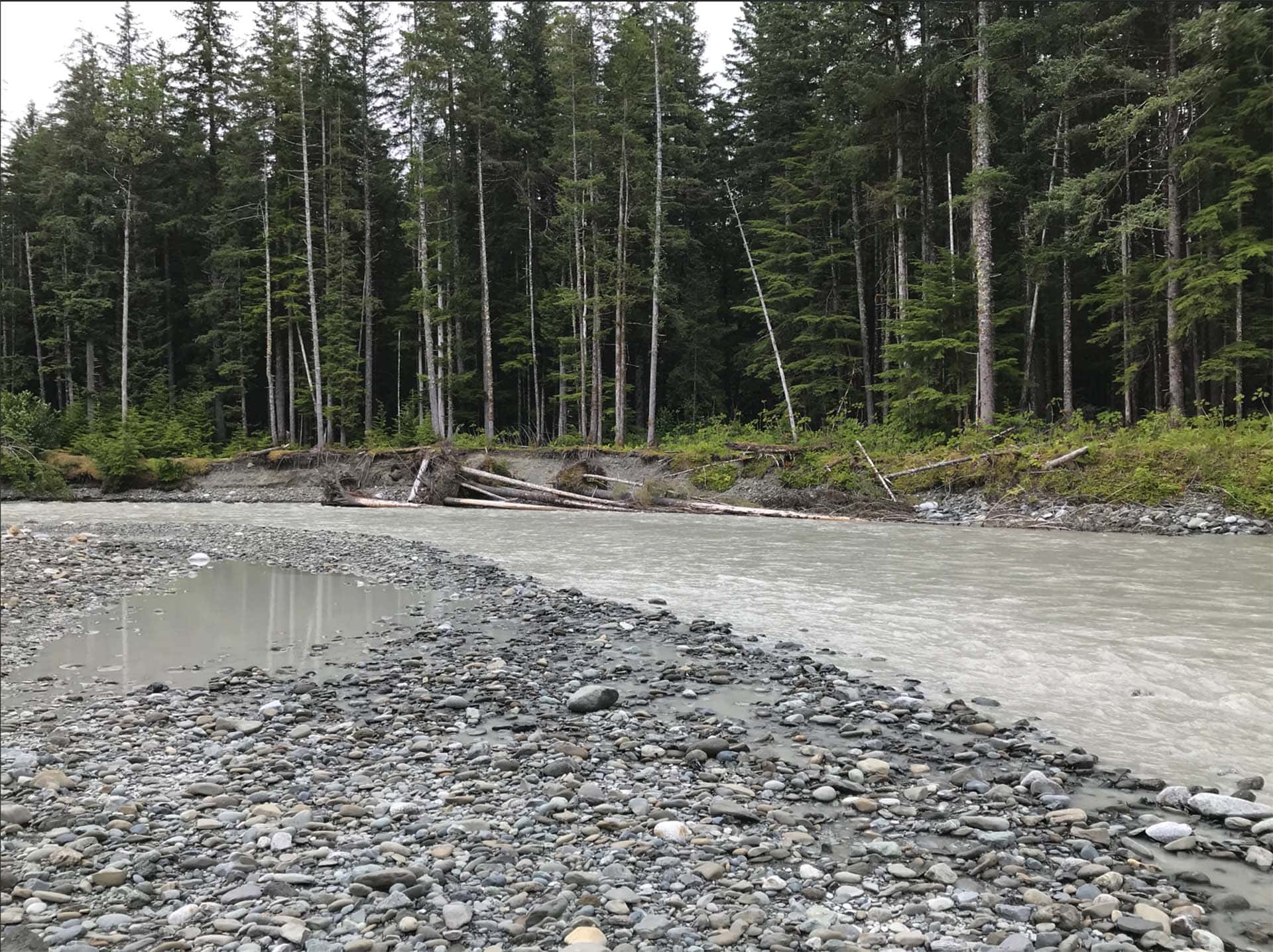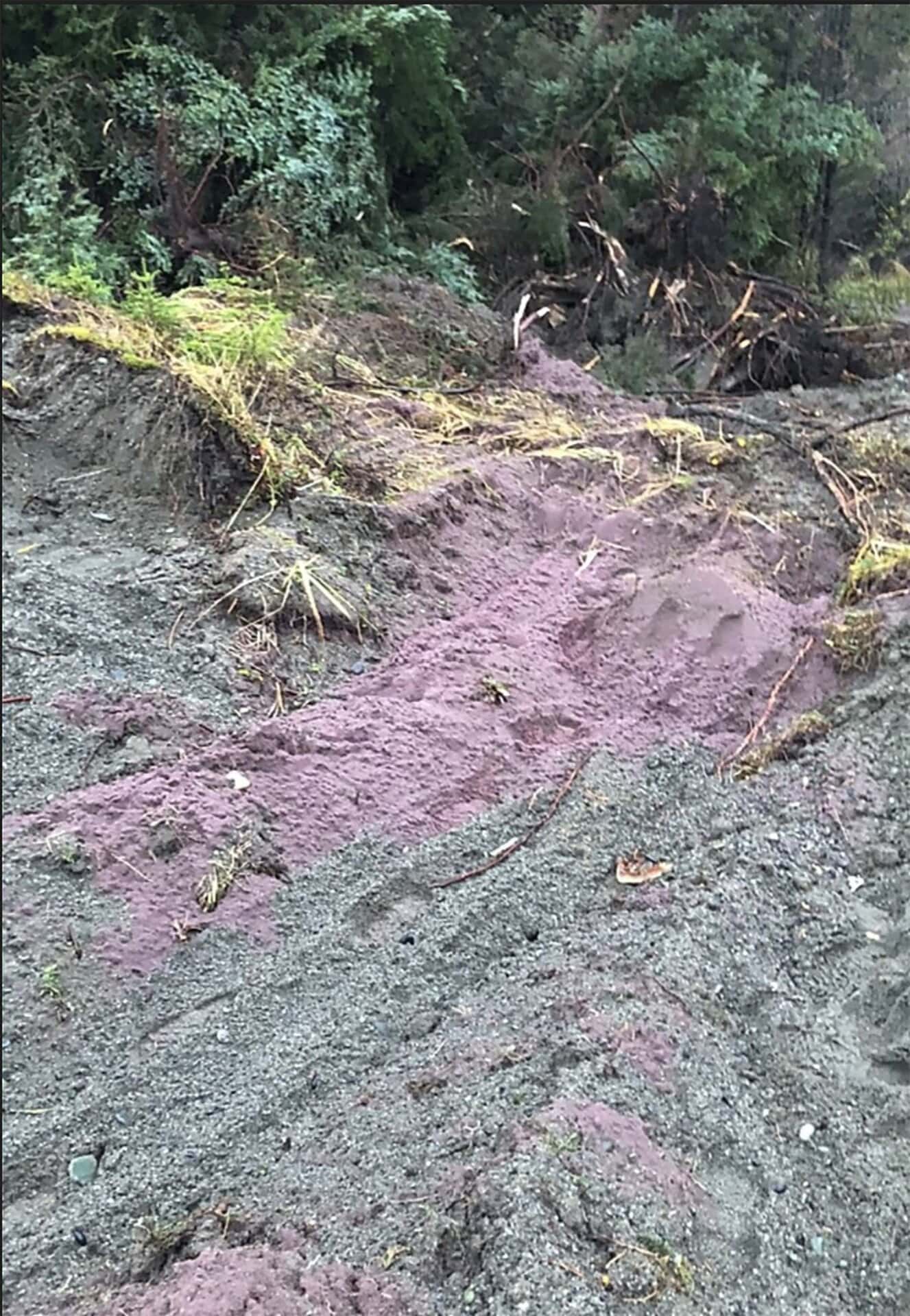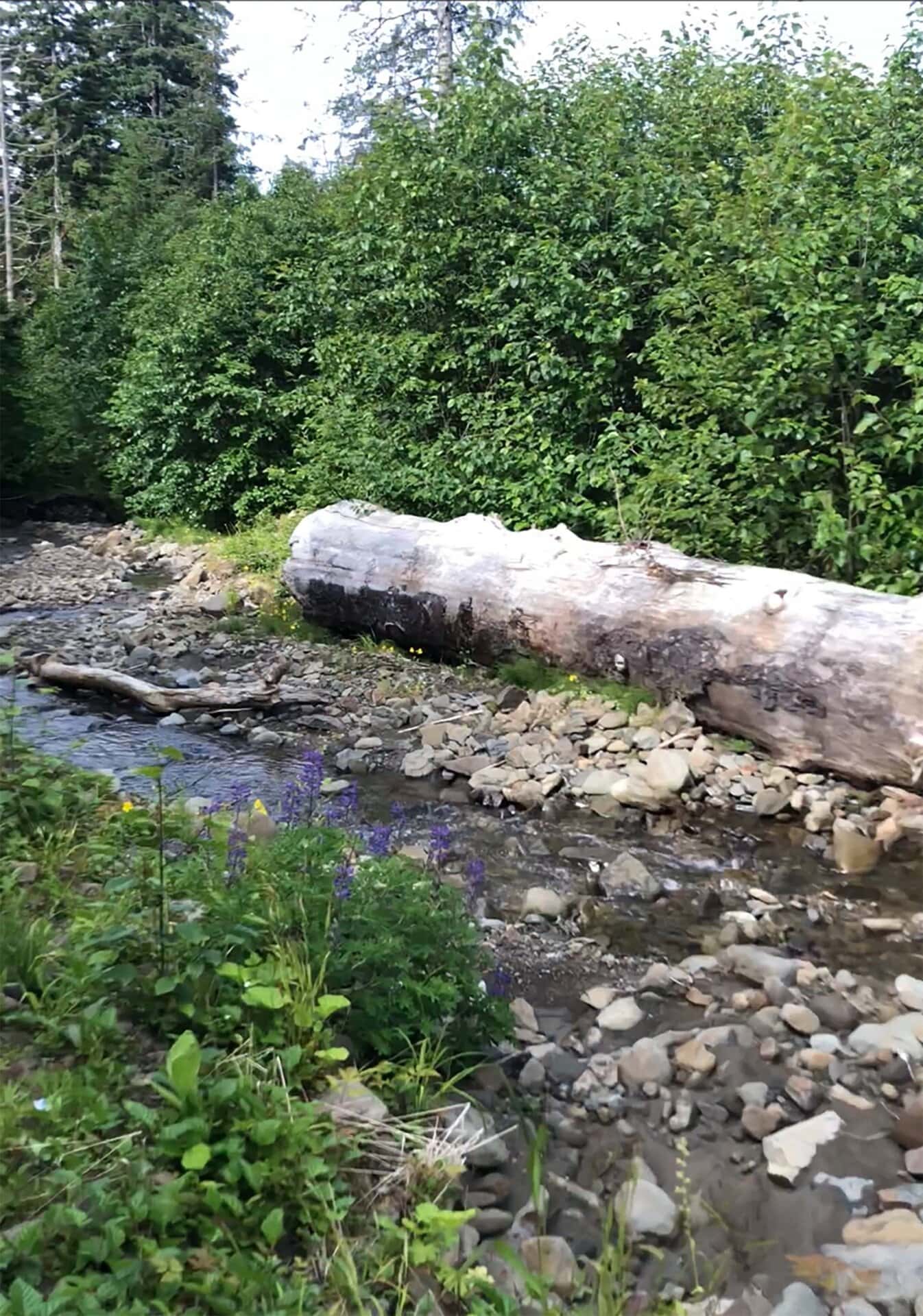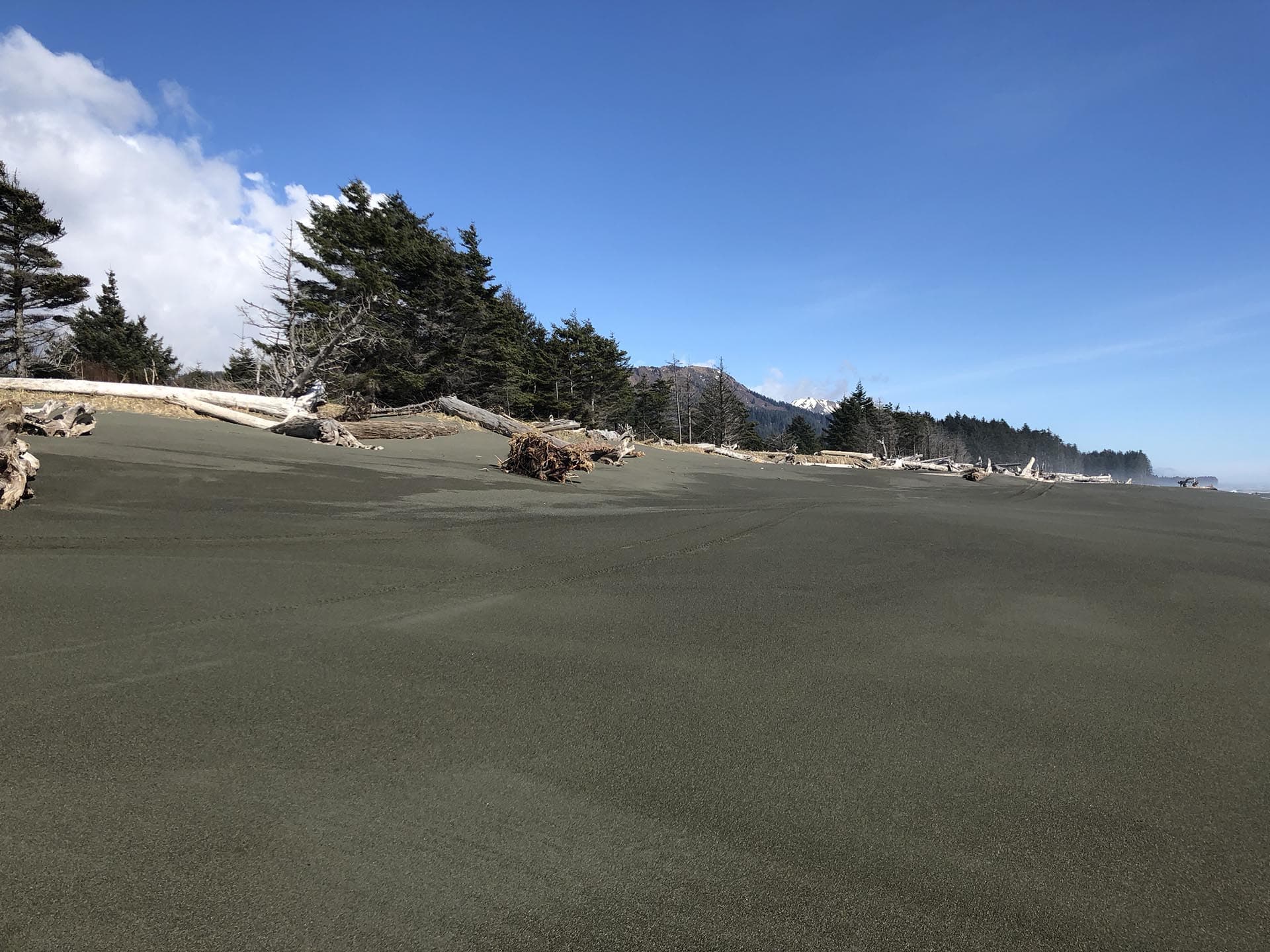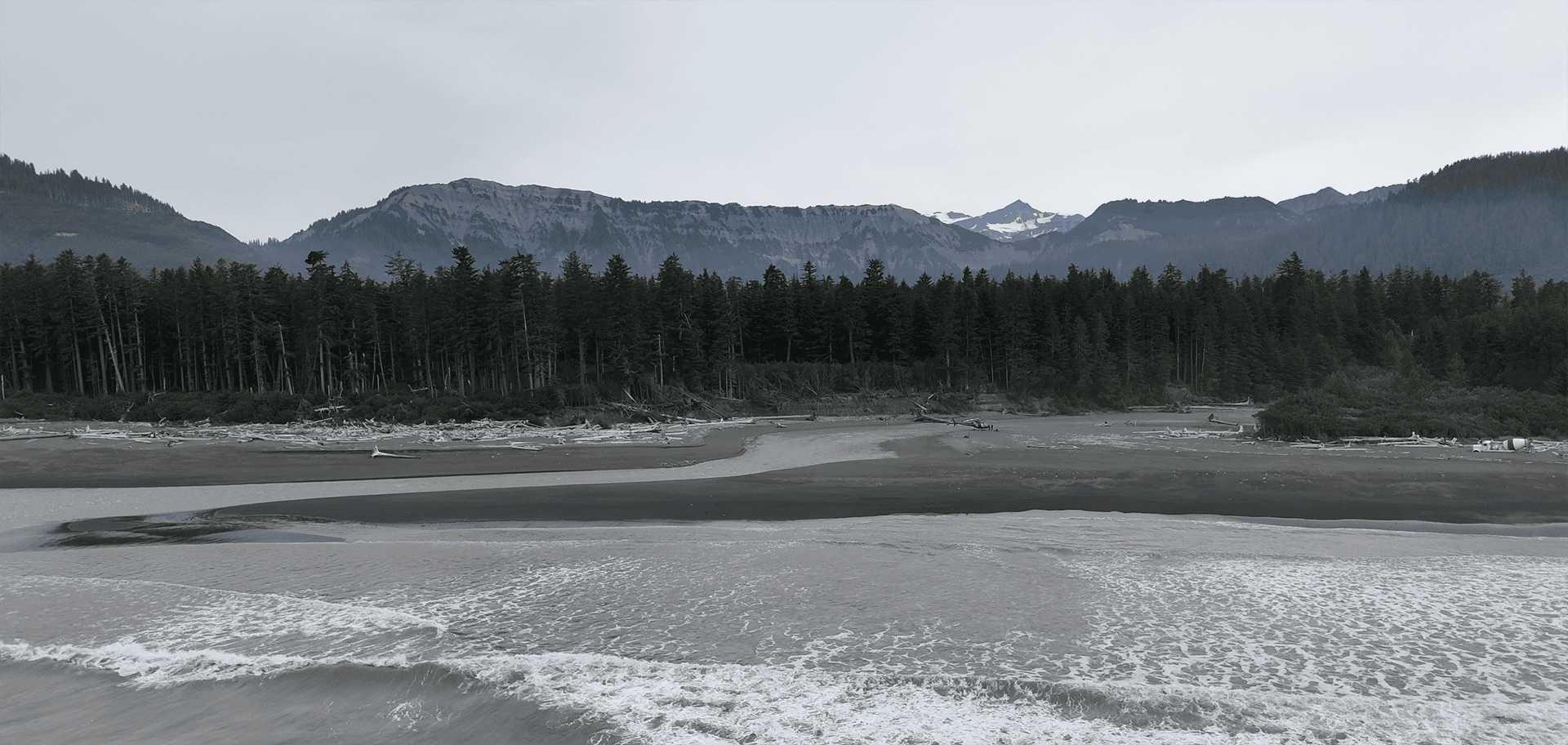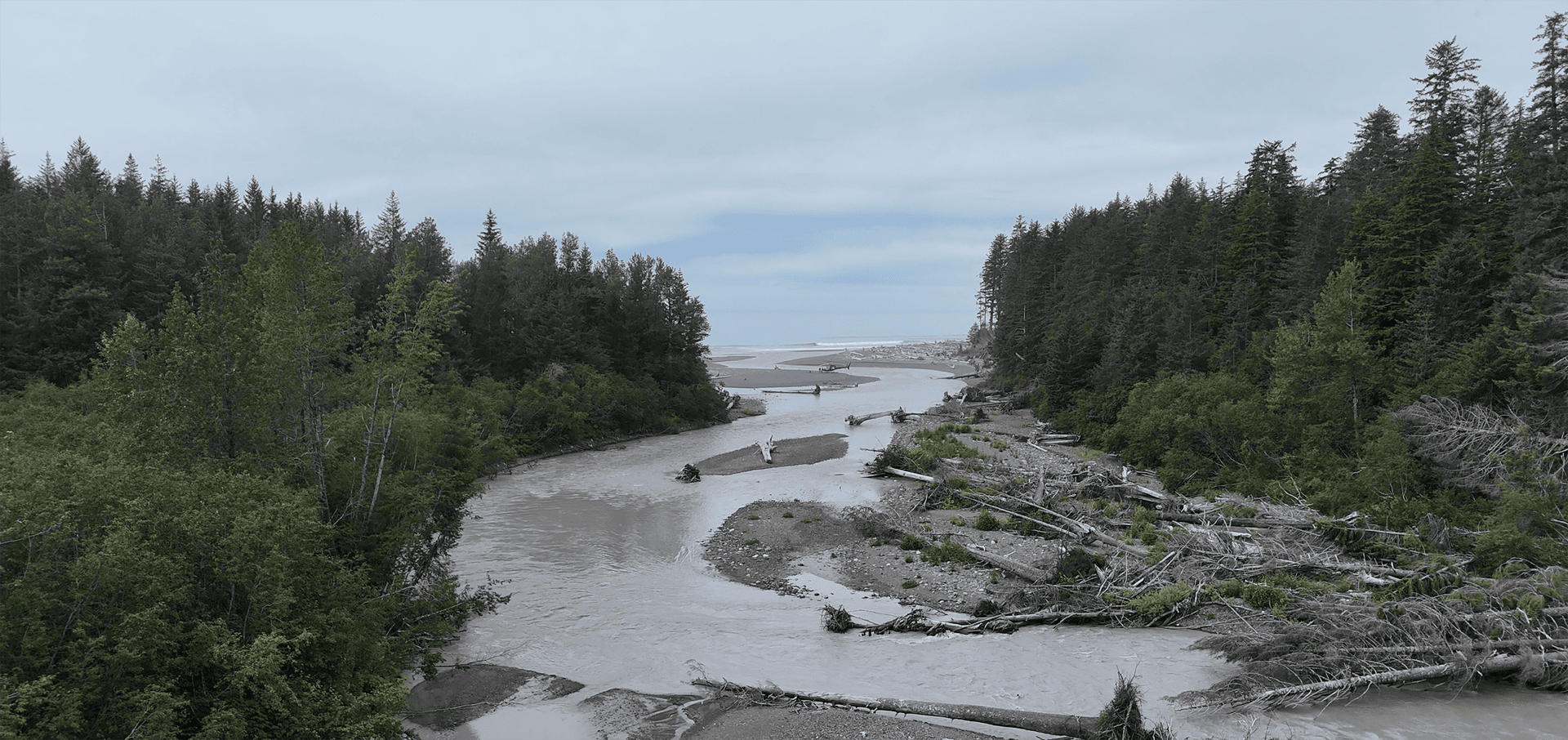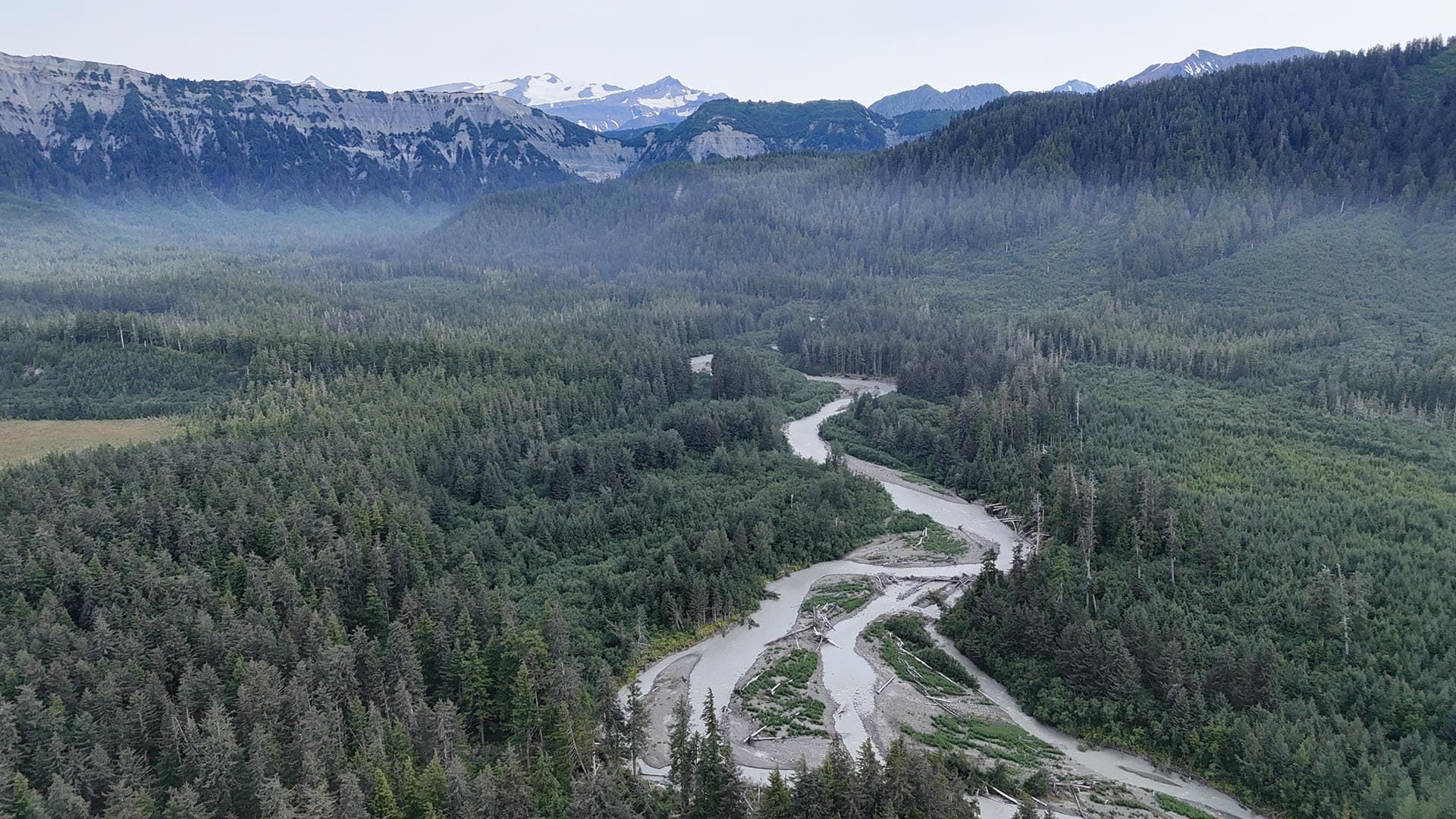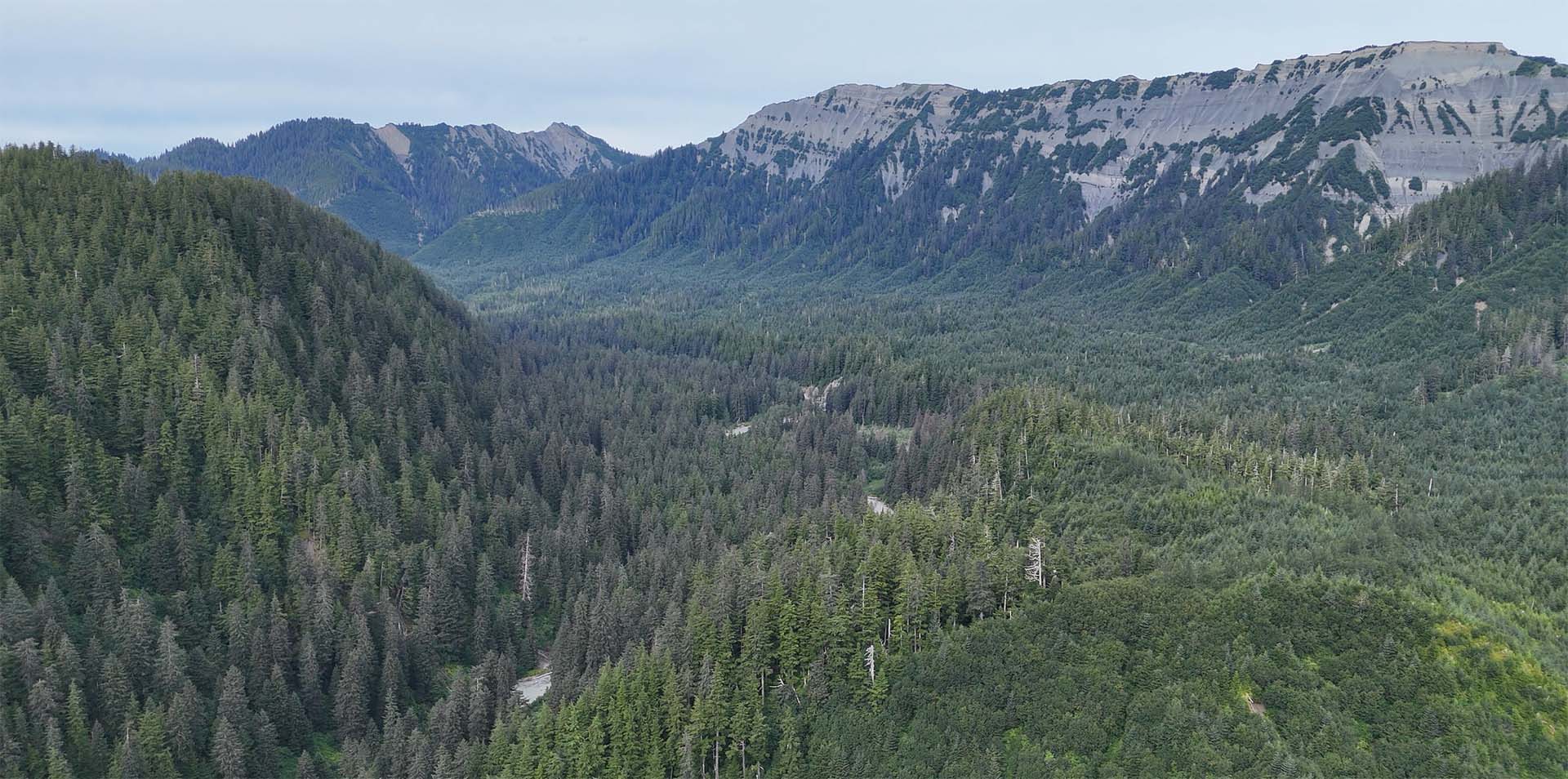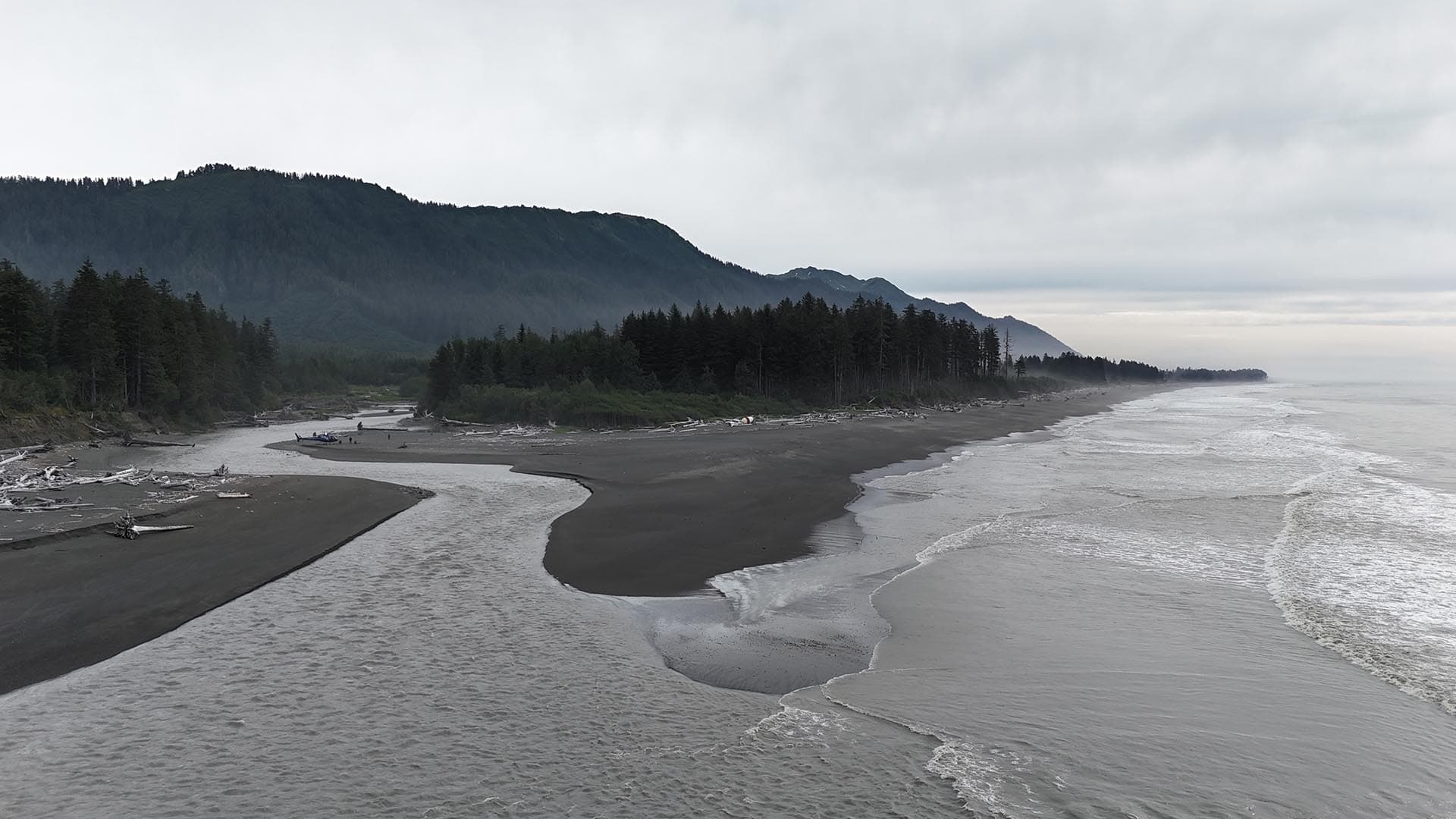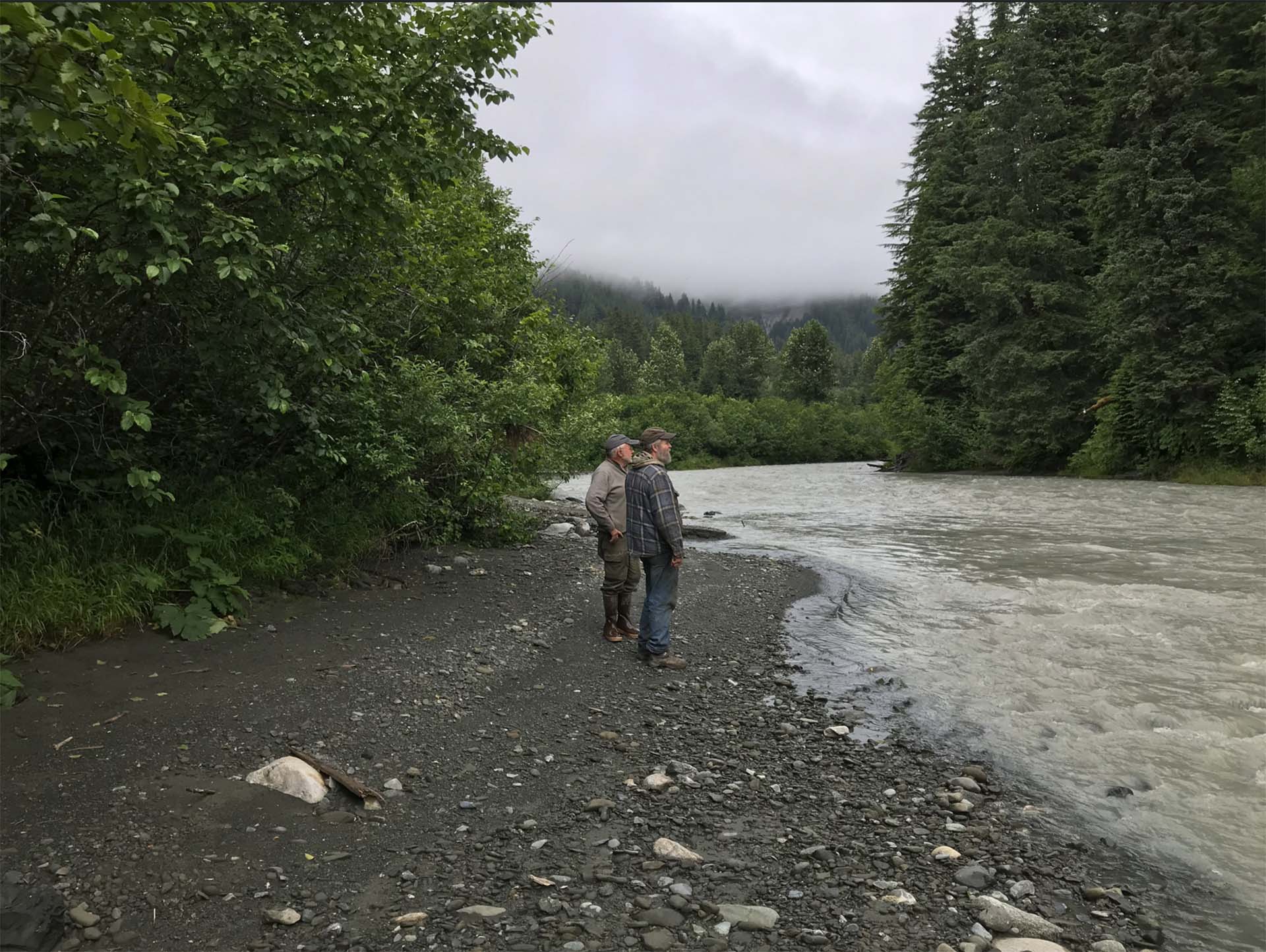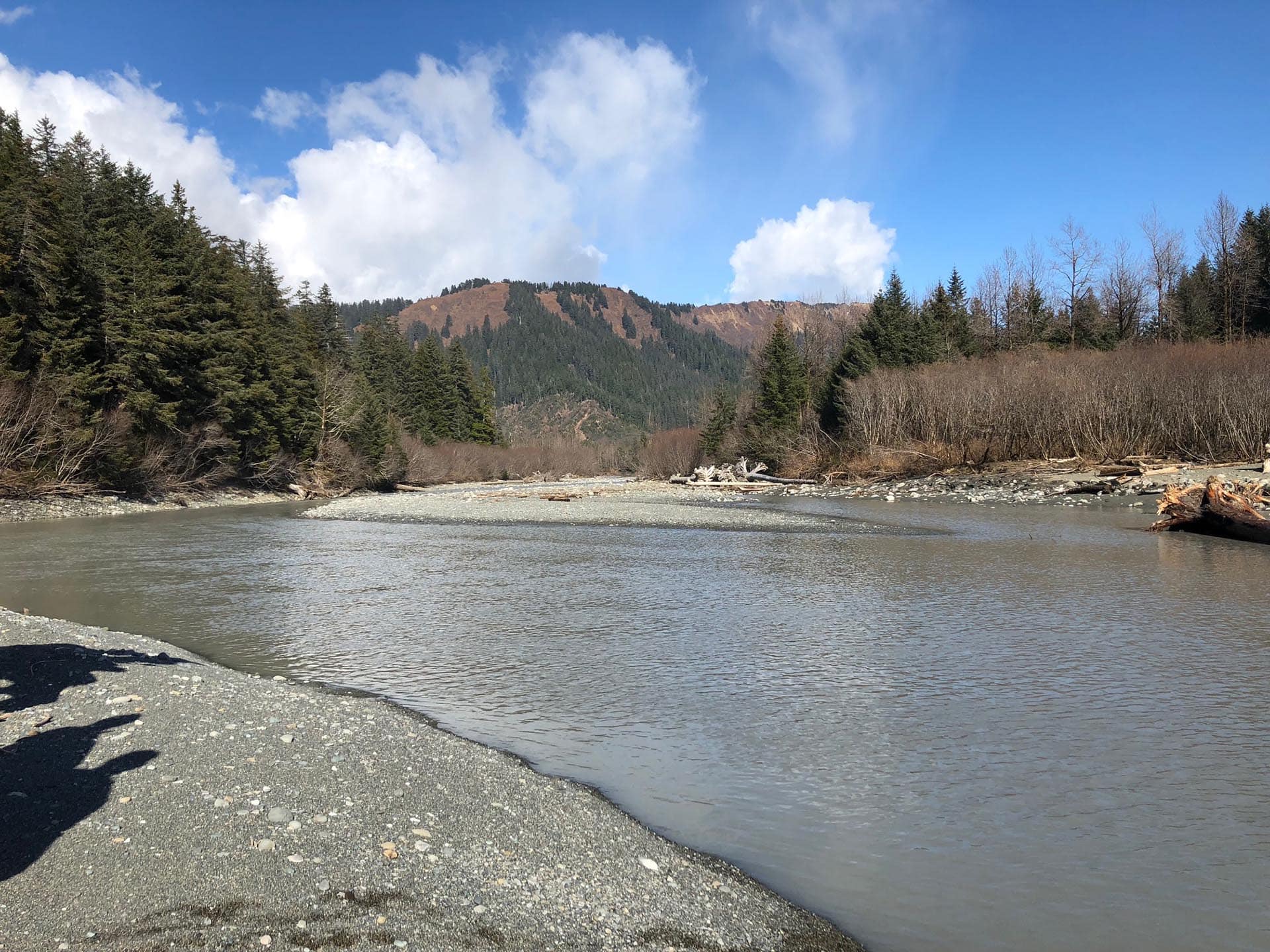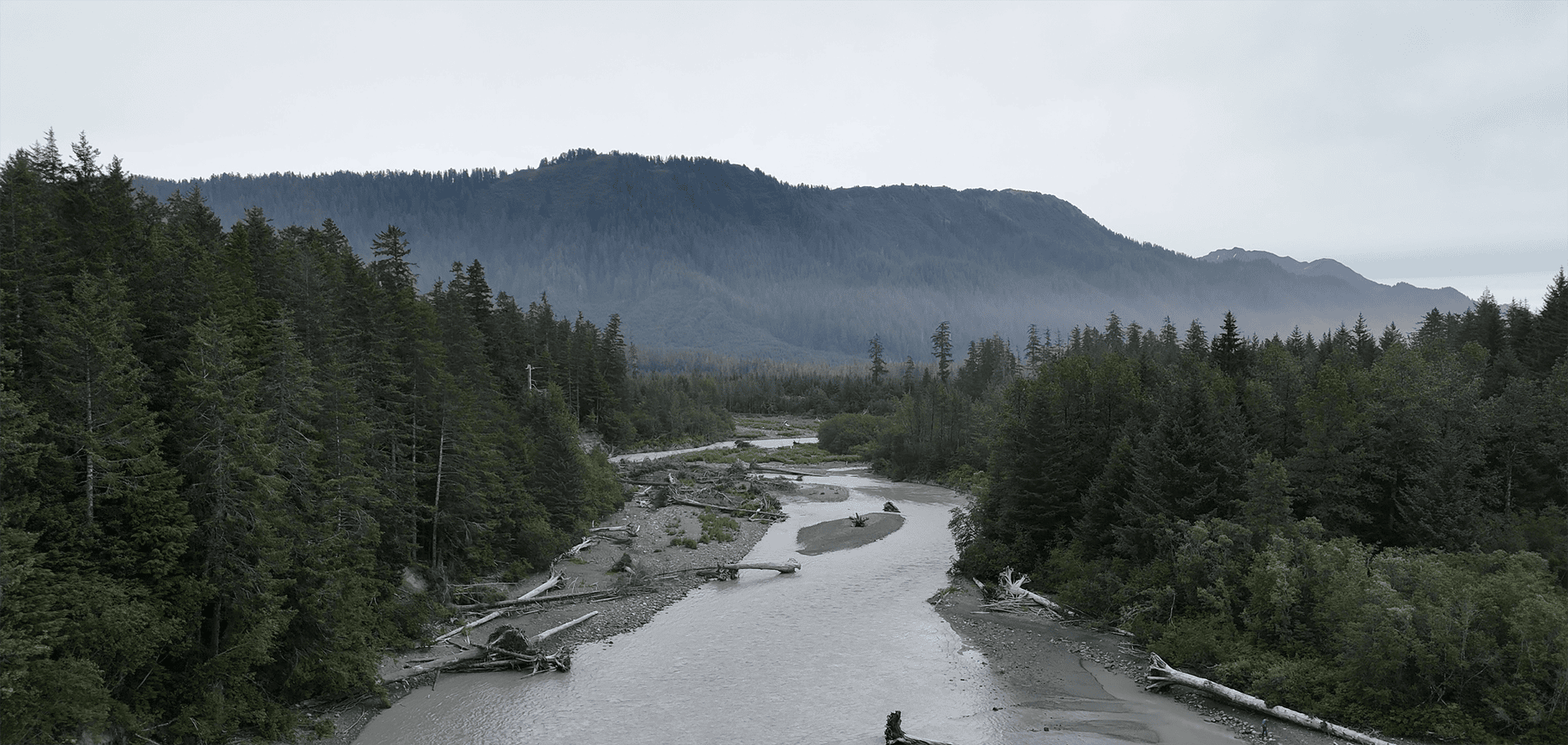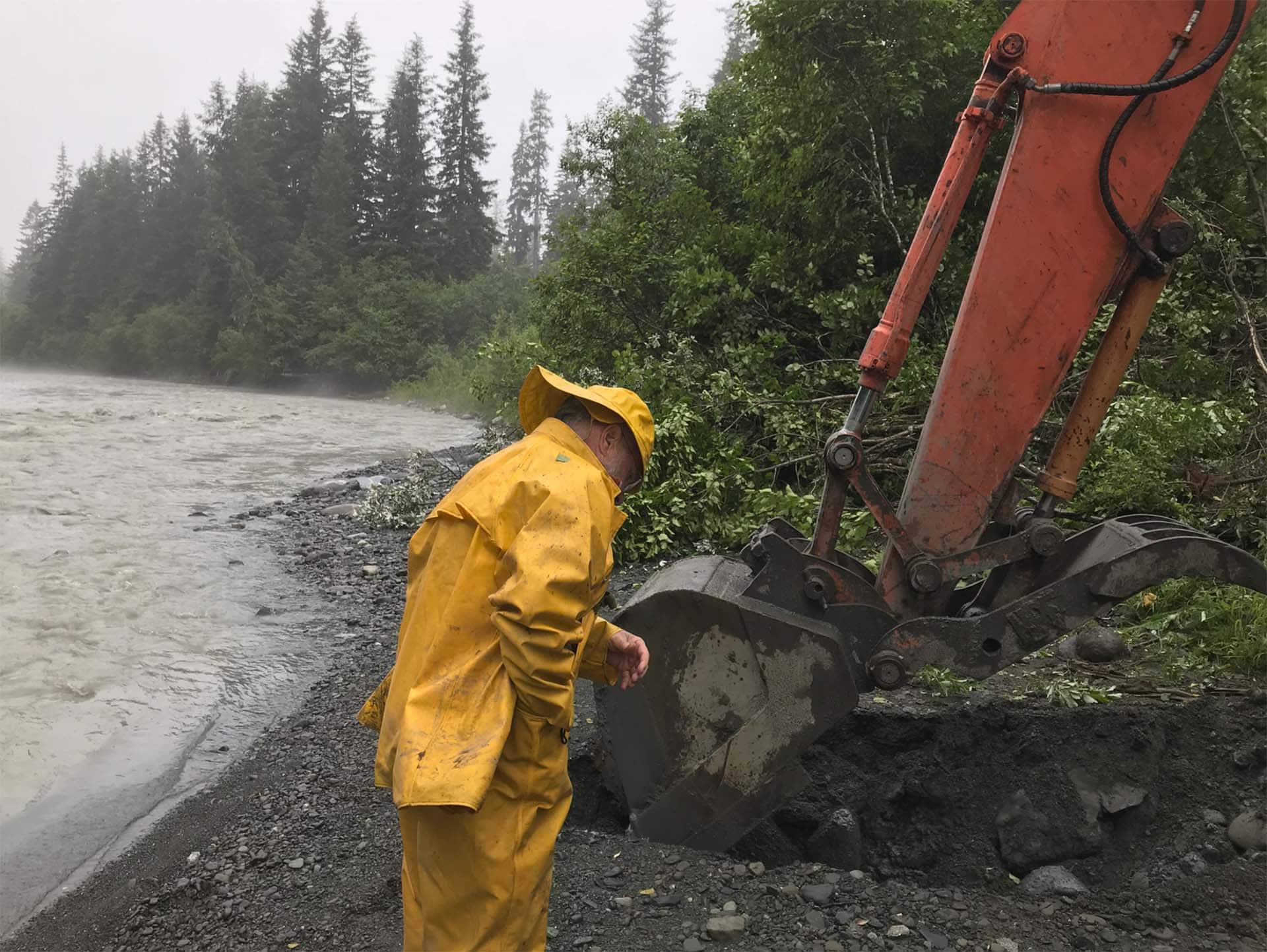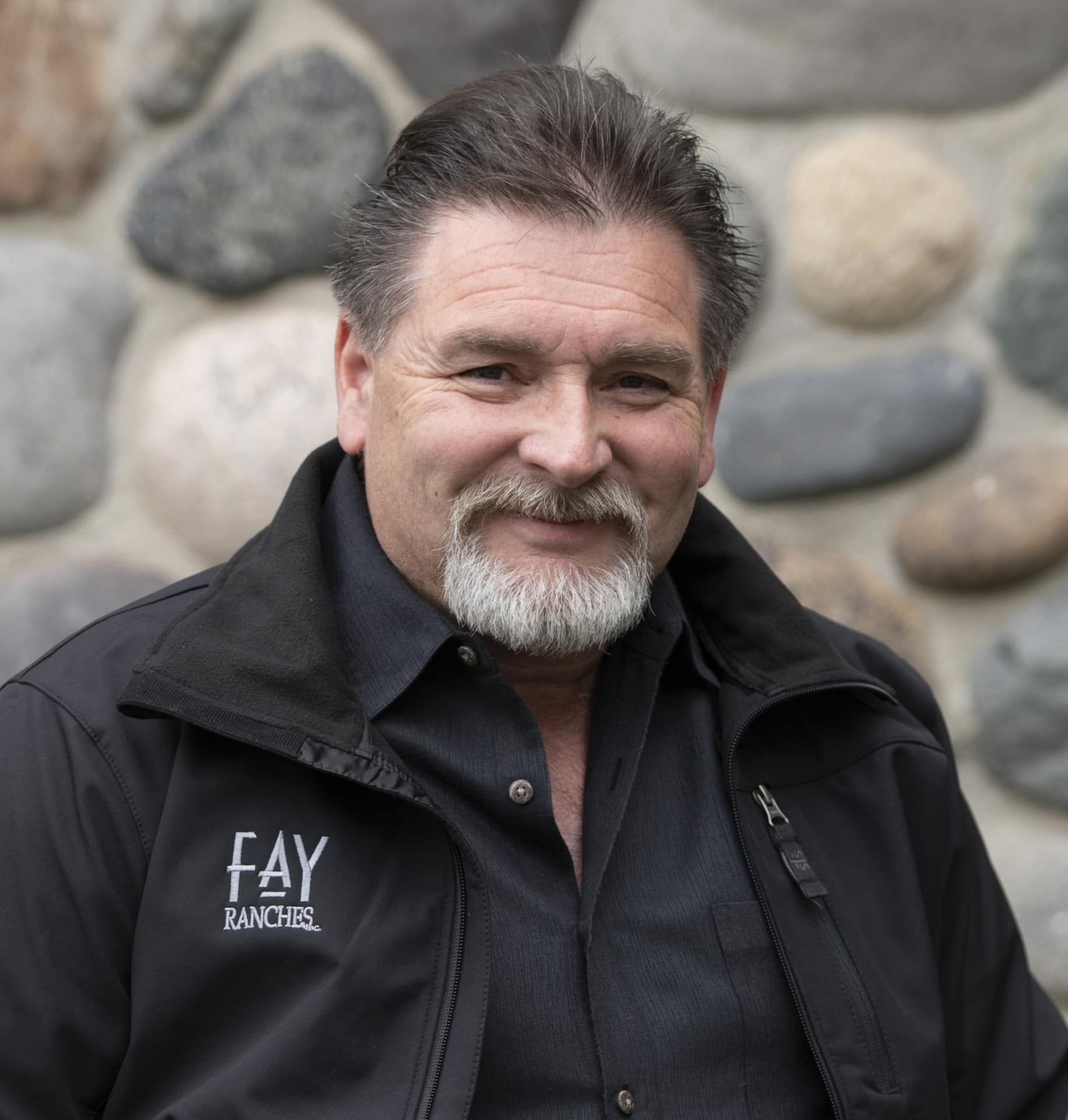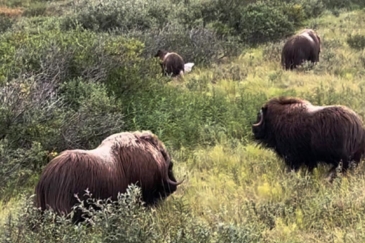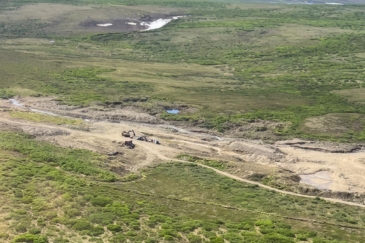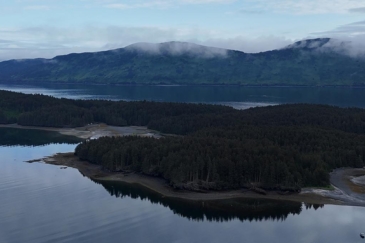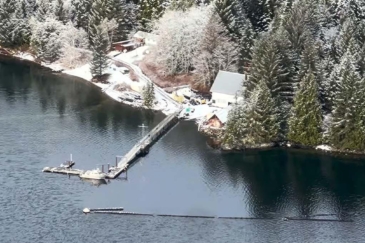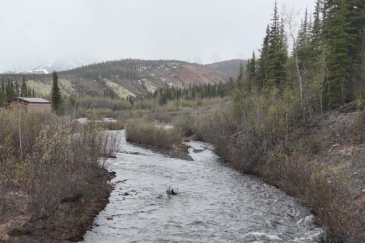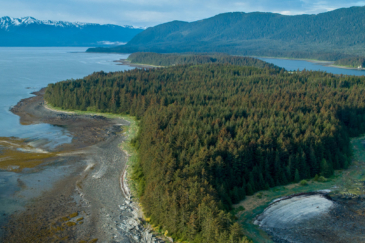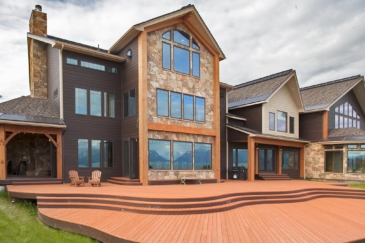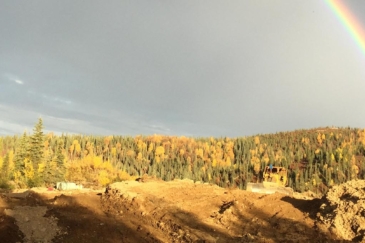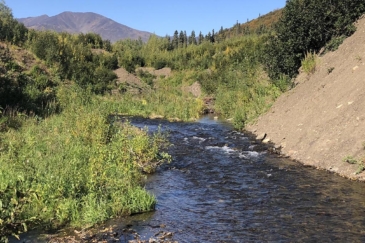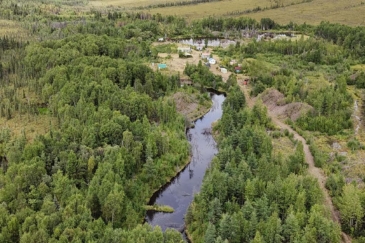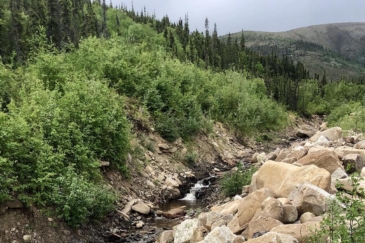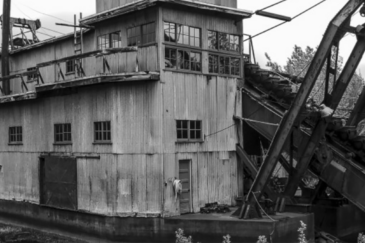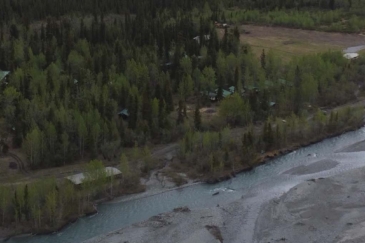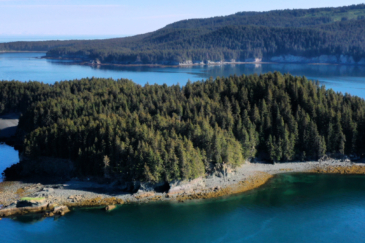The White River Basin Area Claim Group (WRCG), located near Cape Yakataga in South Central Alaska, comprises 154 mining claims across approximately 11,320± acres. The region is centered around the White River, a seven-mile glacial stream believed to be the source of significant gold reserves. Historically, over 15,000 ounces of placer gold were mined in the early 1900s, primarily from rich beach and bench gravels. However, much of the auriferous material remains unmined, with promising initial sampling and geological studies confirming the presence of gold-bearing alluvial and uplifted beach deposits.
The area’s complex geology—characterized by Tertiary sedimentary rocks over older igneous formations, extensive glacial deposition, and tectonic uplift—has created an ideal environment for placer gold accumulation. Stream gradients ranging from 33 to 50 feet per mile, as well as the replenishing ruby sands of the current beach (one of the most energetic in the world), point to the area’s high potential. Gold-bearing sediments have been identified at depths beyond standard excavating capabilities, suggesting the possibility of deeper reserves.
Access to the WRCG is limited to bush planes, barges, and small boats, with Yakutat Airport serving as the main regional hub. Satellite communication is mandatory due to the absence of cellular service, though a new tower is planned. Despite logistical hurdles, the region offers a long operating season (9–10 months annually) and remains largely untouched. Economic projections indicate that modern mechanized mining, including large suction dredges, could make development highly profitable. Further sampling and analysis are required to define the full extent of the placer gold deposits and determine the feasibility of large-scale operations. WRCG represents a compelling opportunity for mineral exploration and investment.


